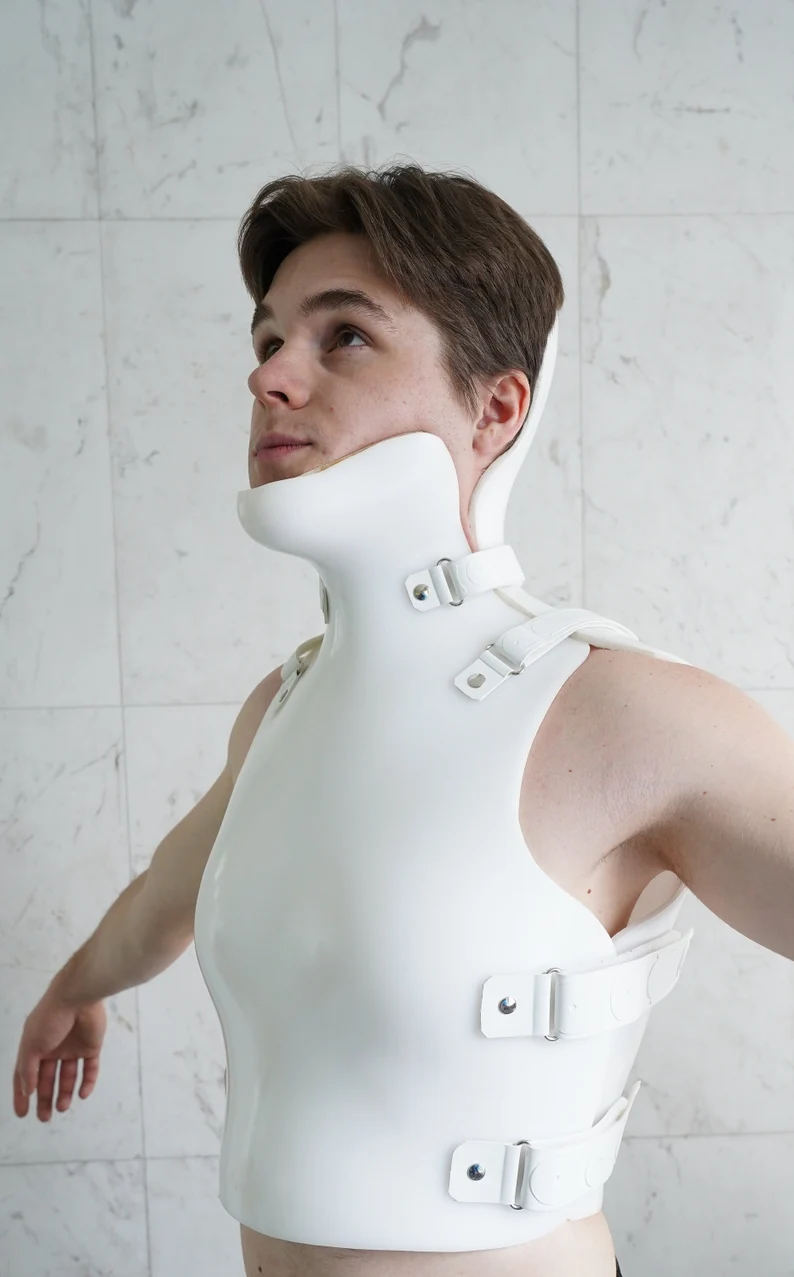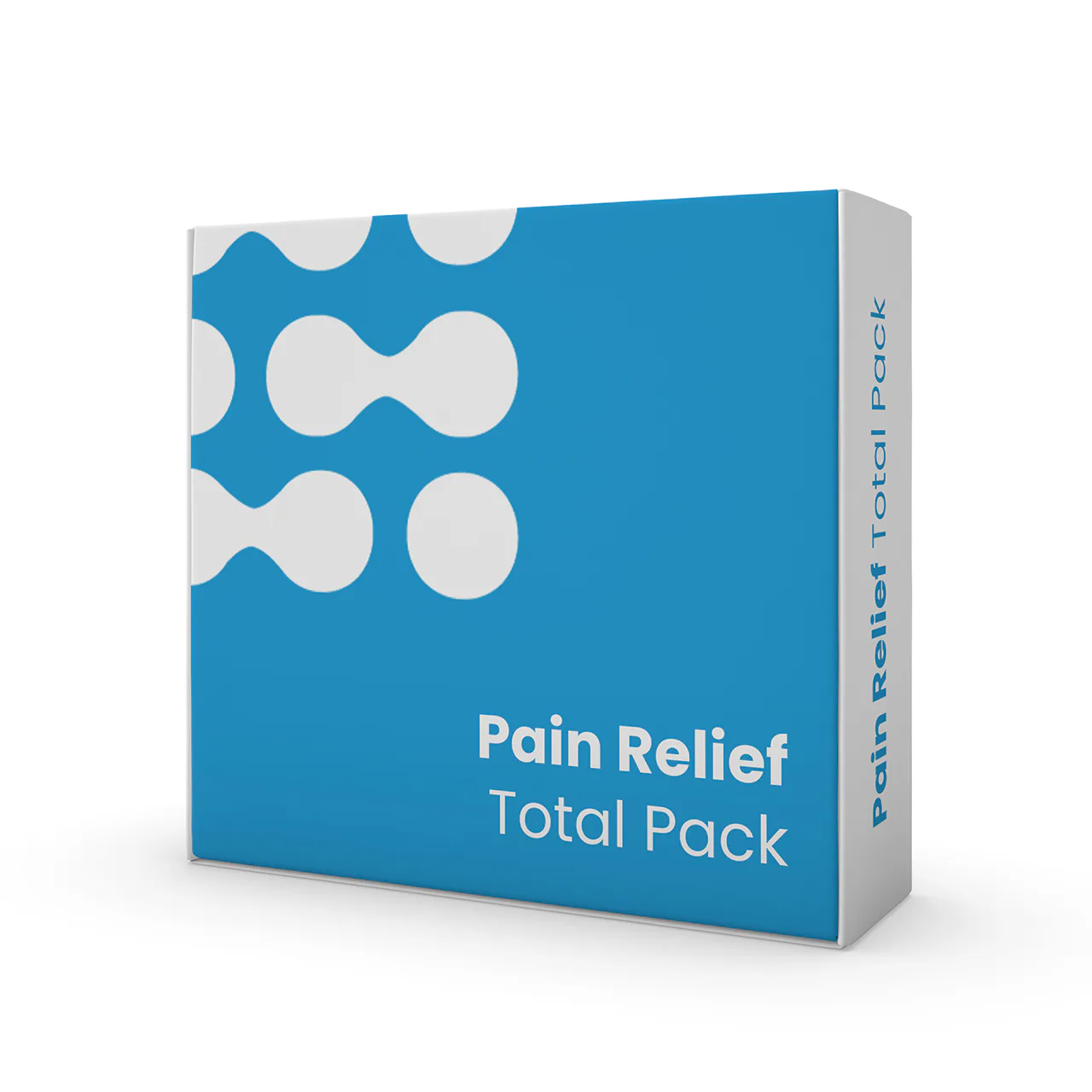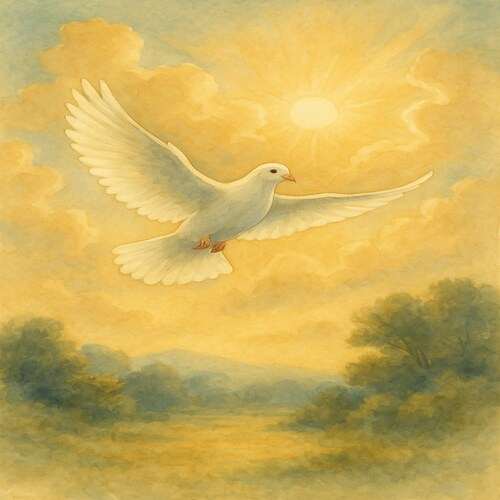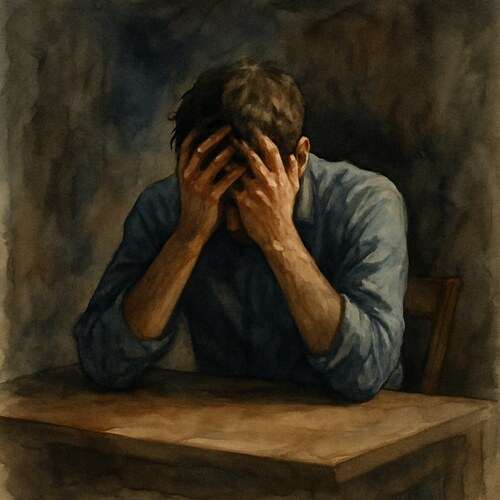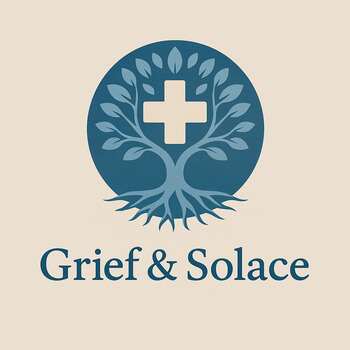Grieving Scoliosis: Mourning the Curve That Bent More Than Bones
Grief with scoliosis settles in quietly. through pain that twists the body and limits the life they once moved through without hesitation.
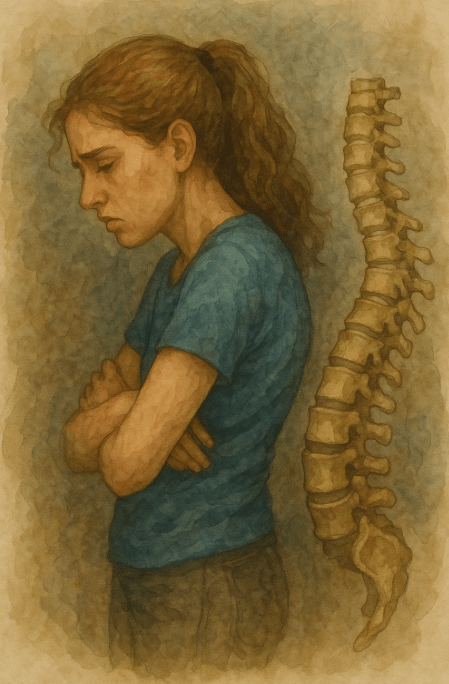
This post blends real grief with grounded knowledge. It isn’t clinical. It isn’t distant. It’s meant to sit beside you—not above you. The story you’ll read is meant to reflect what so many feel when living through or witnessing this condition: confusion, exhaustion, and quiet forms of courage.
If what you read feels familiar, please speak with your doctor. Your pain deserves more than silence.
She Carried the Weight of a Spine That Refused to Stay Straight
She was twelve when they finally broke the news to her. One shoulder sat higher than the other, and her back bent when she leaned forward. An x-ray showed a few degrees, then more, then even more.
Scoliosis. A word that felt foreign and twisted on her tongue, yet it would soon become part of her identity.
They handed her a brace. It was plastic, hard, and unyielding. It wrapped tightly around her, designed to force her spine straight, but all it did was make her feel more contorted.
🧠 Symptoms:
– Uneven shoulders or waist
– One shoulder blade or hip higher than the other
– Rib cage protrusion on one side
– Prominence in the back when bending forward
– Usually involves rotation of the spine in addition to sideways curvature
– Typically painless and may go unnoticed until it progresses
She wore it beneath her shirt, a secret she could hardly keep. It creaked with each step, rubbed her skin raw under her ribs, and made her drenched in sweat during every single class. Every whisper in the hallway seemed to target her.
She began to shy away from raising her hand in class. Sleepovers became a thing of the past, and she avoided long hugs, fearing the unintended judgment.
Her body turned into a settlement…how to sit, what to wear, how to escape the gaze fixated on the very thing meant to heal her.
But the curve persisted…
The doctors mentioned surgery as the next option. Metal rods. Spinal fusion. A scar stretching from neck to hip, like a painful reminder sewn into her flesh.
Complications:
– Breathing difficulties in severe cases (due to chest cavity compression)
– Chronic back pain, especially in adulthood if untreated
– Body image distress: visible asymmetries can lead to self-consciousness
– Rarely, surgical complications like infection or nerve damage
Risk Factors:
– Adolescence (growth spurts) are a critical period
– Female sex: girls are more likely to have worsening curves requiring treatment
– Family history of scoliosis
Her spine curved, but her spirit remained unwavering. Each step she took taught her how to bend without breaking.
Causes:
Most cases are idiopathic (unknown cause), but scoliosis may also be linked to:
– Neuromuscular conditions (like cerebral palsy, muscular dystrophy)
– Congenital spine malformations
– Spinal injuries or infections
– Spinal cord abnormalities
– Post-surgical changes in thoracic structure (such as early chest surgeries)
The night before the operation, she wept. Not from anticipated pain, not even from fear, but because she grappled with the uncertainty of who she would be afterward.
She woke up immobile. It felt as if her body had become someone else’s, stitched into position by hands she didn’t recognize.
Rehabilitation was next on the agenda. Each inch felt monumental. Pain was measured not just in physical discomfort, but in sheer determination.
But she walked…
Slower… Straighter. Stronger…
And as time passed, she discovered pride, not in achieving perfection, but in her relentless spirit.
She stood with authority. It wasn’t simply because the doctors straightened her spine; it was because she fought to embrace the form of her own survival.
One day, she slipped into a backless dress. She let her scar shine, allowing the world to see the story she carried.
And she smiled…
📘 Diagnosis & Treatment
Diagnosis
– Physical exam: forward bend test to detect rib cage asymmetry
– Neurological exam: reflexes, sensation, strength
– Imaging:
– X-ray to confirm and monitor curvature progression
– MRI if spinal cord abnormality is suspected
– Low-radiation 3D imaging for children’s ongoing monitoring
Treatment
Observation
– Mild curves (<20 degrees): no treatment, just regular monitoring
Bracing
– Used in moderate curves in growing children
– Does not reverse curvature but prevents worsening
– Worn 13–16 hours daily
– Discontinued after skeletal maturity
Surgery
– For severe or rapidly progressing curves
– Options include:
– Spinal fusion: rods, screws, and bone grafts to straighten and stabilize
– Expandable rods: for young children, to grow with the spine
– Vertebral body tethering: newer technique allowing some growth while correcting
Lifestyle & Home Remedies
– No restrictions for most mild-to-moderate cases
– Exercise and sports are encouraged for overall health
– Alternative therapies (chiropractic, soft braces, supplements) lack proven benefit for curve correction
Living With It
Scoliosis is the kind of grief that hides in the mirror. You stand straight, but your body whispers “different”—a curve that feels like a betrayal, especially during adolescence. Braces can feel like cages. Surgeries leave scars—proof of resilience, but also of endurance.
Yet scoliosis is not broken. It’s adapted. Strengthened. Realigned—not just physically, but in spirit. Embracing the journey of correction, acceptance, and community can transform pain into pride, and vulnerability into resilience.
I know this is heavy, and I understand that the road ahead may feel like a tangle of loss and unanswered questions. But please hear this: you are not broken because you are hurting; you are not weak because you are afraid. You are living through something real, and survival itself is a kind of grace. You are allowed to struggle, you are allowed to hope, and you are allowed to not have all the answers today. Whatever comes next, you do not face it empty-handed; you carry every moment of love that shaped you, and that will always be enough to keep going.
🎀 Gifts to help With Scoliosis
🏥 Everyday Comforts for Everyday Battles
Managing Scoliosis often means needing a little extra help.
Sometimes it’s about restoring dignity, ease, or simply getting through the day with less pain.
These carefully chosen tools aren’t just items; they’re small bridges back to living.
This section is about finding practical support, never shame.
Orthopedic Back Brace – Support for a Spine That’s Carrying It Crooked
Scoliosis twists more than bones—it warps balance, posture, and daily comfort. This back brace uses breathable memory foam and structured support to relieve pressure, improve alignment, and reduce muscle fatigue. Wearable under clothing, soft where it needs to be, firm where it must. Because holding yourself up shouldn’t be a full-time job.
🌿 Paths to Healing Beyond the Map
Sometimes traditional medicine isn’t enough.
If you’re exploring gentle, alternative options to help with Scoliosis,
you might find comfort in plant-based compounds like **CBD or CBG**.
*This section is not medical advice, just a door left open.*
USA Medical Pain Relief Total Pack – Help for the Muscles Doing All the Overcompensating
Even with bracing or surgery, scoliosis leaves tension, nerve irritation, and muscular exhaustion. This Total Pack blends CBD, inflammation support, and calming aid to help ease the chronic ache of imbalance. It won’t straighten the spine. But it might help you walk taller without burning out by noon.
Need a Different Path Forward?
Every journey through grief looks different. Choose the next step that speaks to where you are now:
When You're Ready to Start Healing
Healing doesn’t mean forgetting.
It means finding small ways to carry your grief with strength and grace.
These are the stories, tools, and gentle steps to begin walking forward…at your own pace.
When You're Still in the Thick of It
Sometimes healing feels like a lie.
If you’re not ready to move on…if the pain still roars louder than the world wants to hear…this is the place where you’re allowed to feel it.
No sugarcoating. No pretending. Just truth.
When You're Holding on to Who’s Still Here
Grief reminds us to love louder.
If someone you love is still with you, this is your place to celebrate them, honor them, and create new memories while there’s still time.
Joy and sorrow can live side by side.

